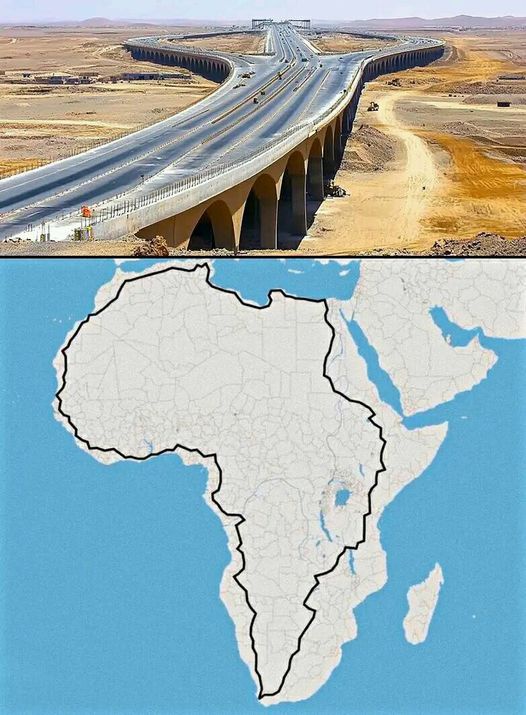Africa is stitching itself together—one highway at a time.
The Trans-African Highway Network, the continent’s most ambitious road project, is taking shape as a bold blueprint for integration, development, and seamless movement across borders. Stretching an astonishing 56,683 kilometres across the continent, the network will link nine major highways and connect over 20 African countries, from the Mediterranean to the Cape, and from the Atlantic to the Indian Ocean.
Designed as a true pan-African vision, the highways will weave through South Africa, Kenya, Uganda, Nigeria, Cameroon, Algeria, Egypt, Libya, Senegal, Chad, Djibouti, Ethiopia, Sudan, Botswana, Angola, Zambia, Namibia, Zimbabwe, Mozambique, Tanzania, the Central African Republic, and the DR Congo, forming a continental web of trade, tourism, and collaboration.
For policymakers and experts, the project is more than asphalt and engineering—it is a statement of intent. A commitment to continental unity, economic growth, and a future where African nations are more connected than ever before.
From new trade corridors to reduced transport costs and faster regional integration, the Trans-African Highway Network stands as one of the most transformative infrastructure efforts in Africa’s history—an audacious step toward unlocking the continent’s full potential.




